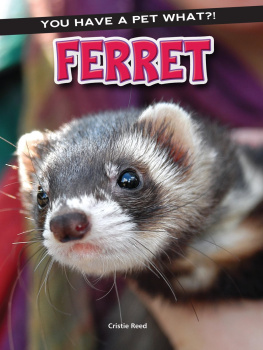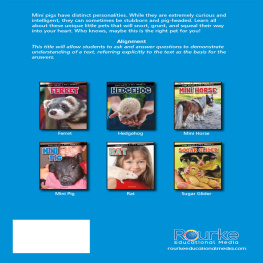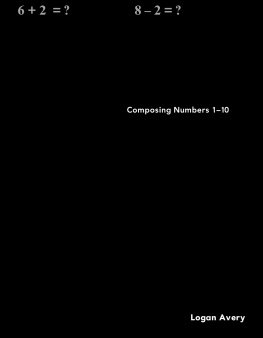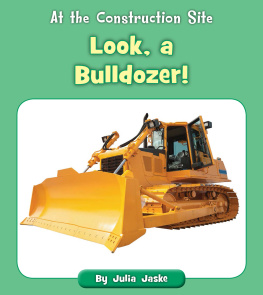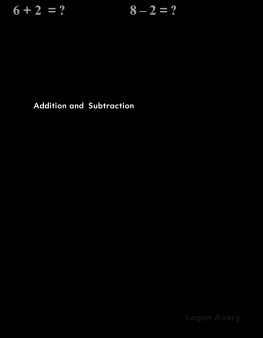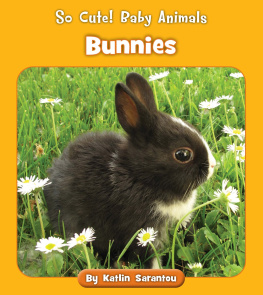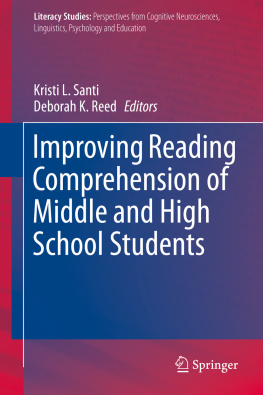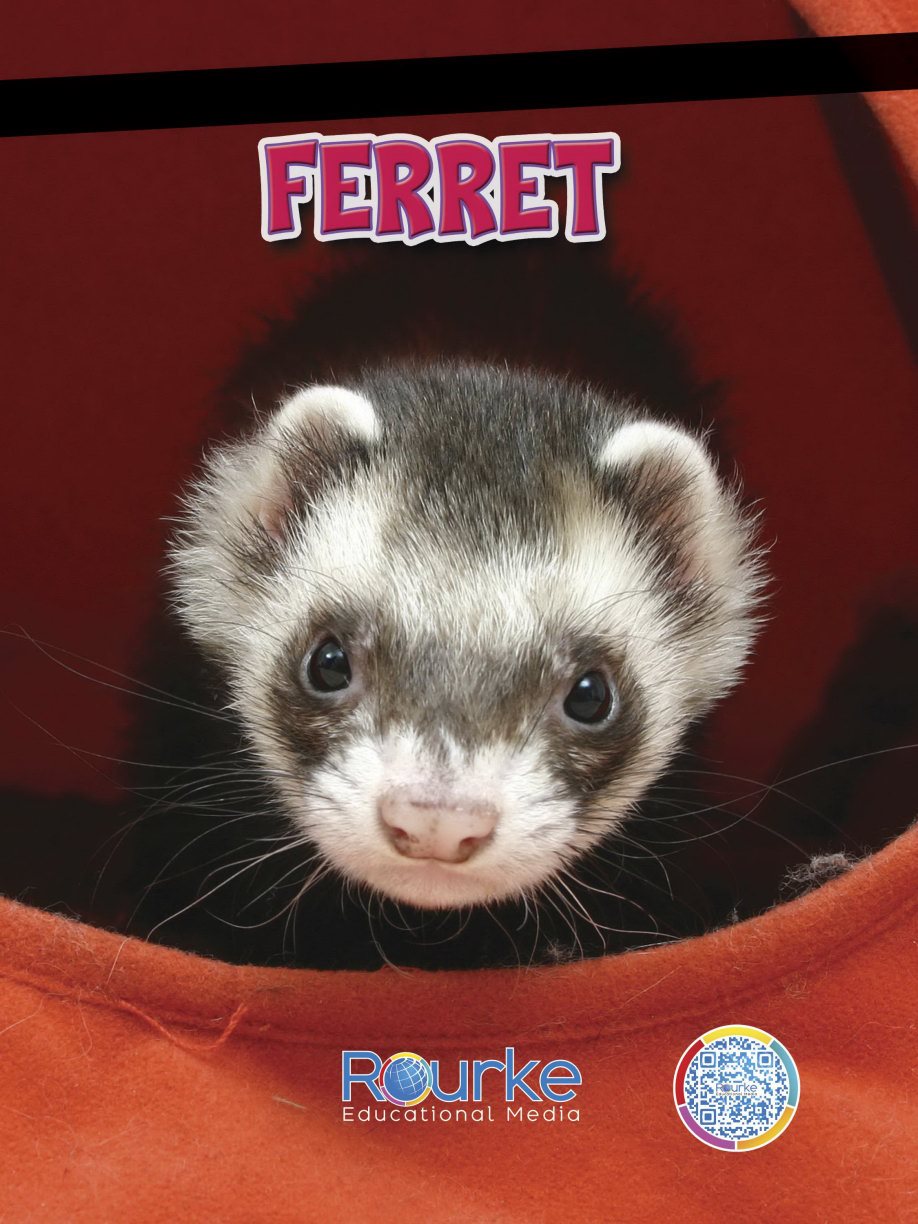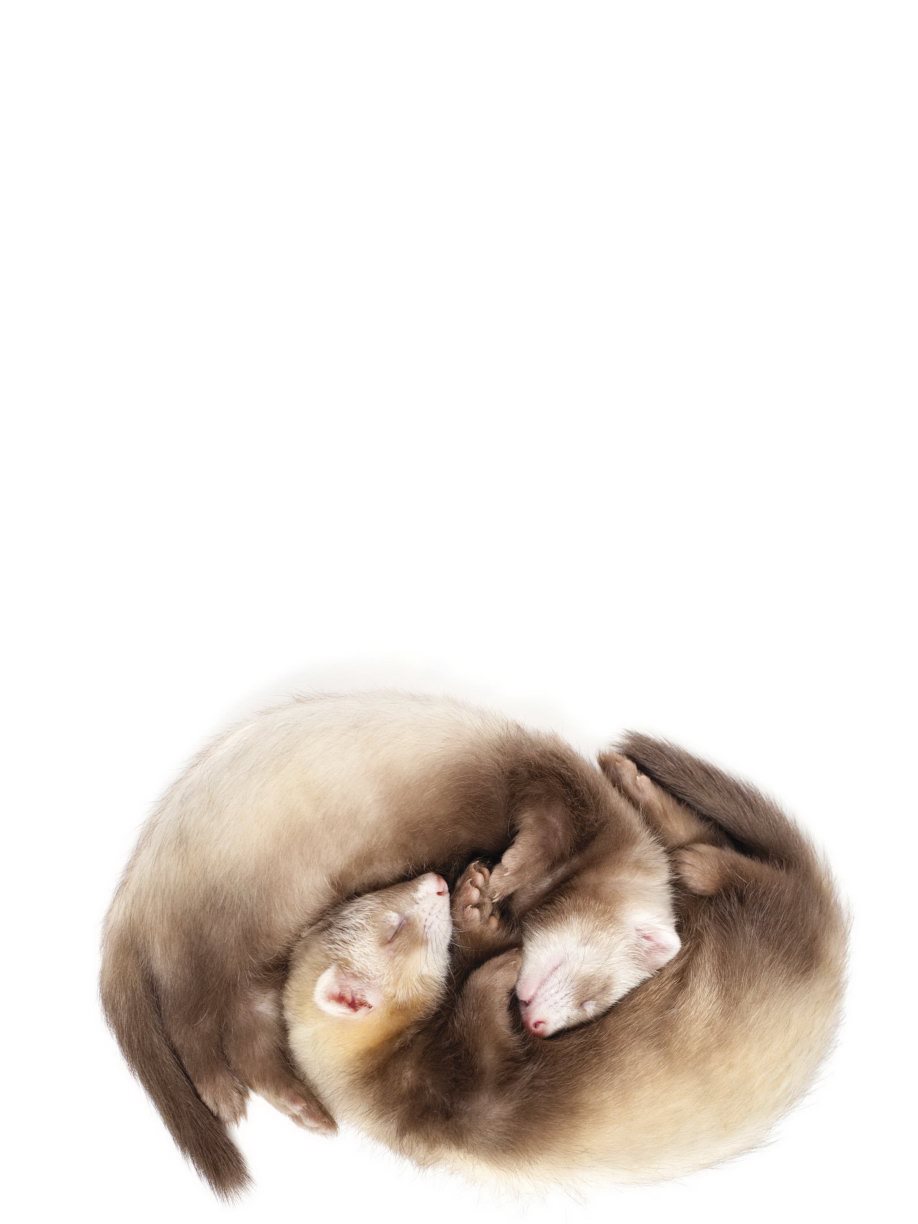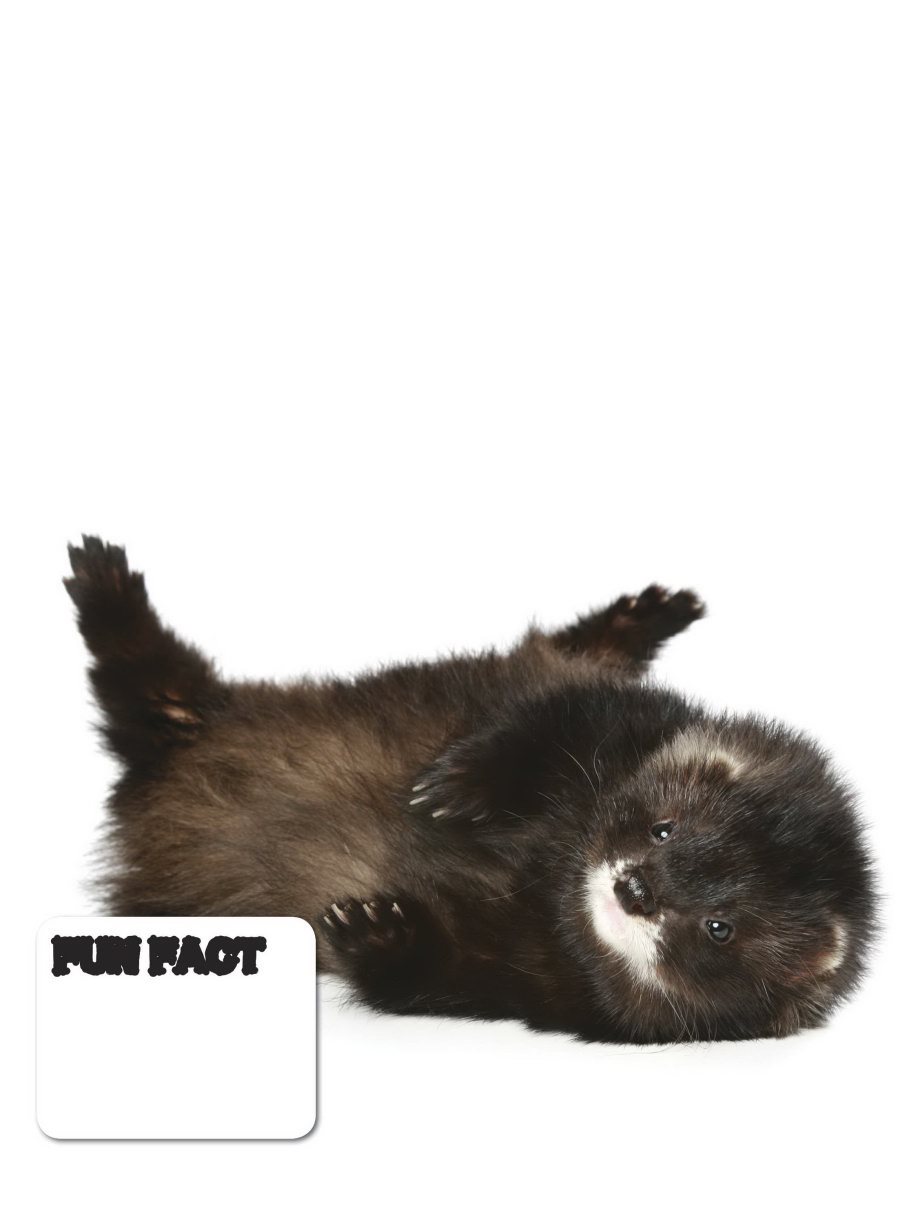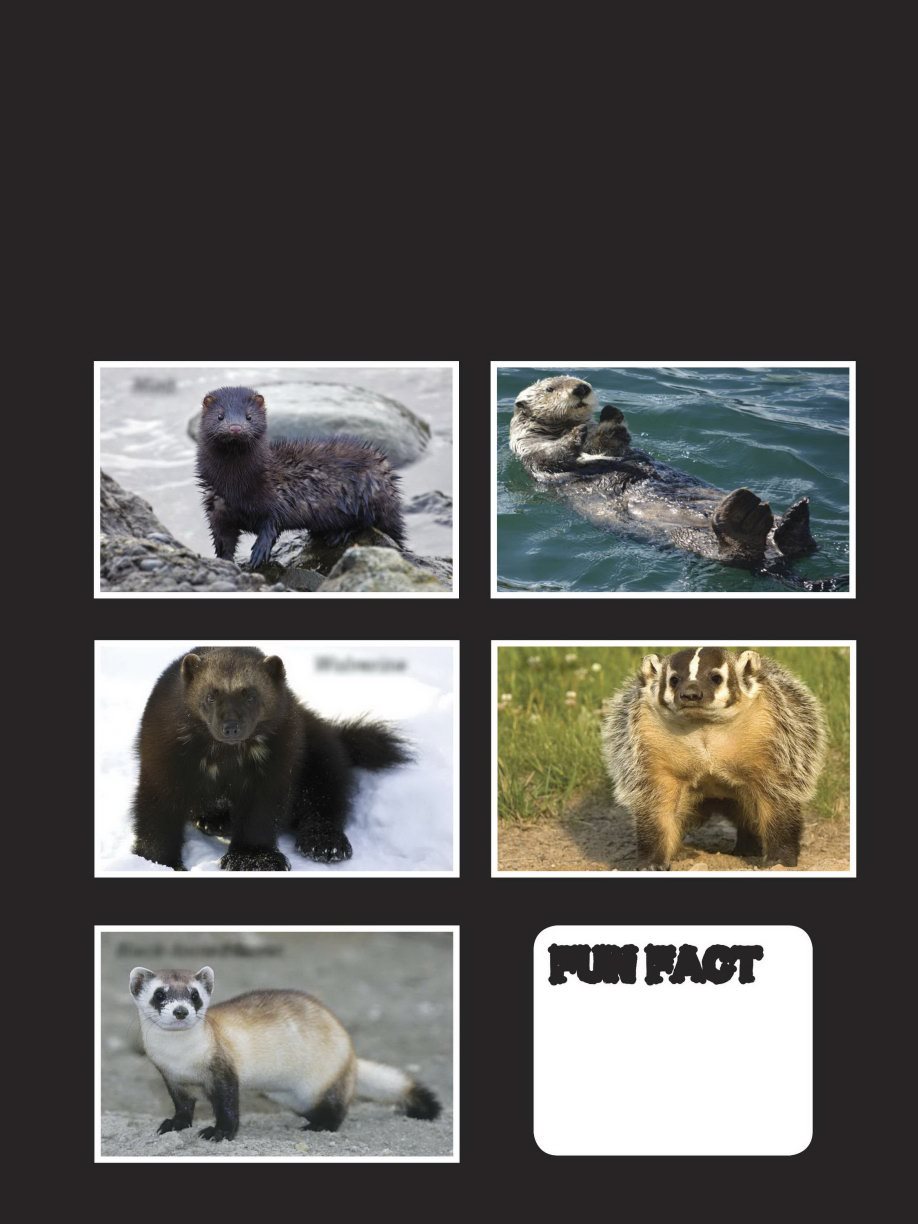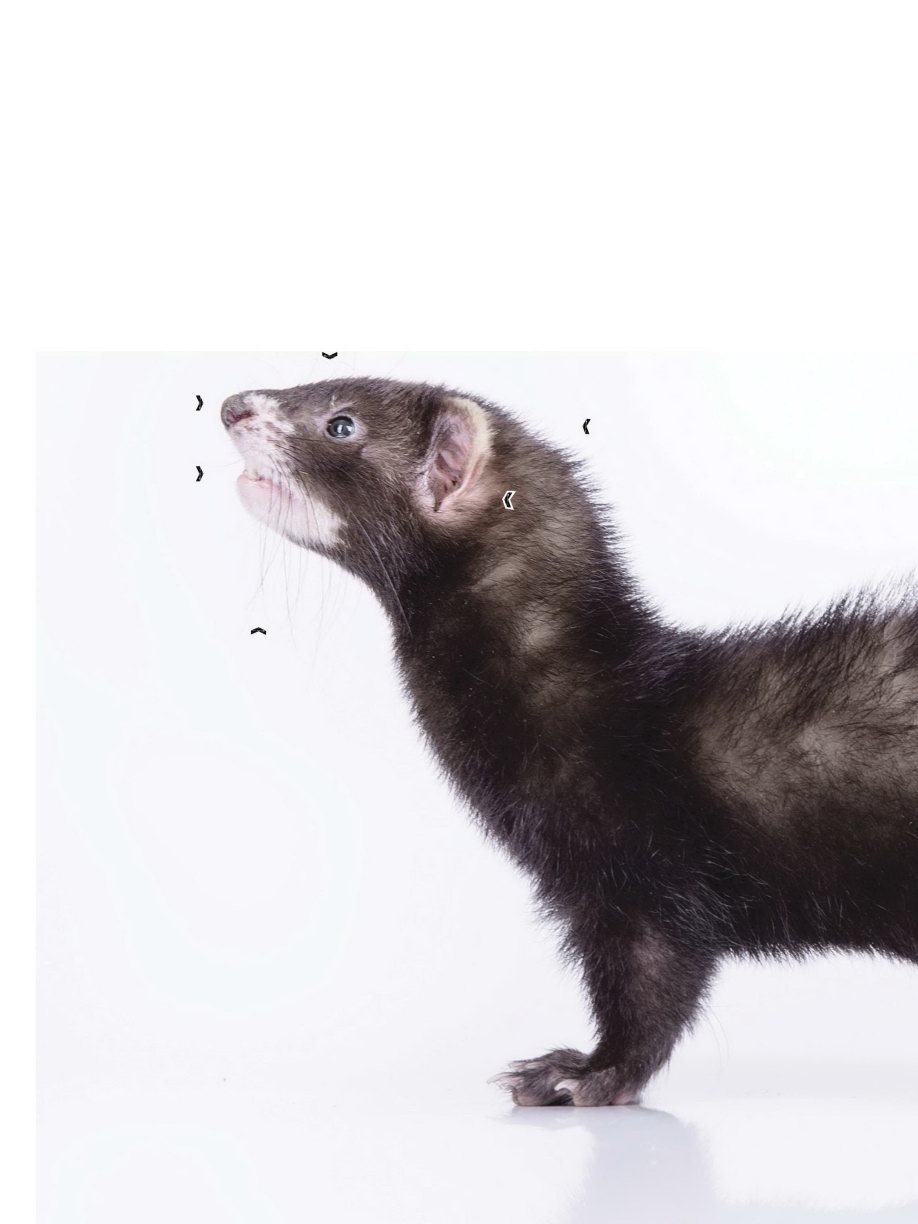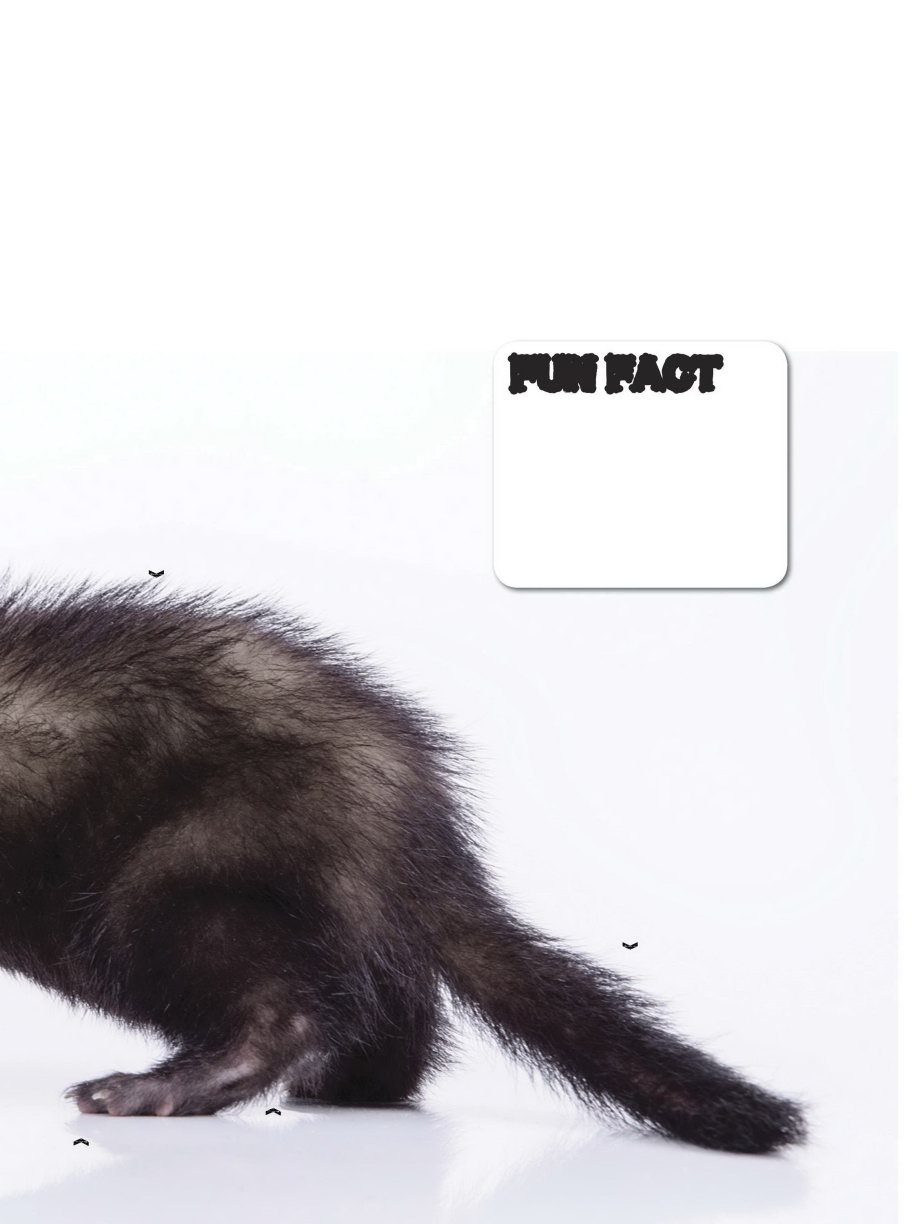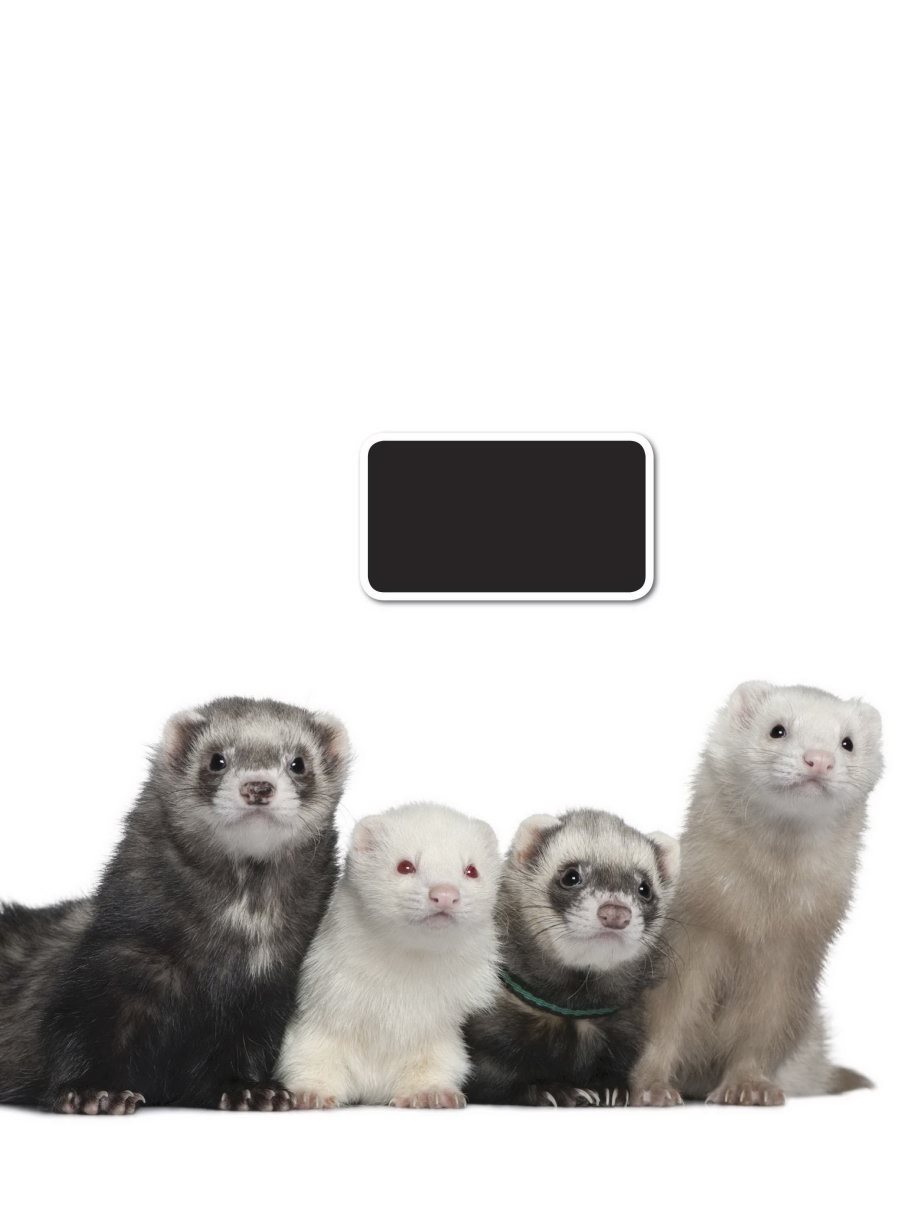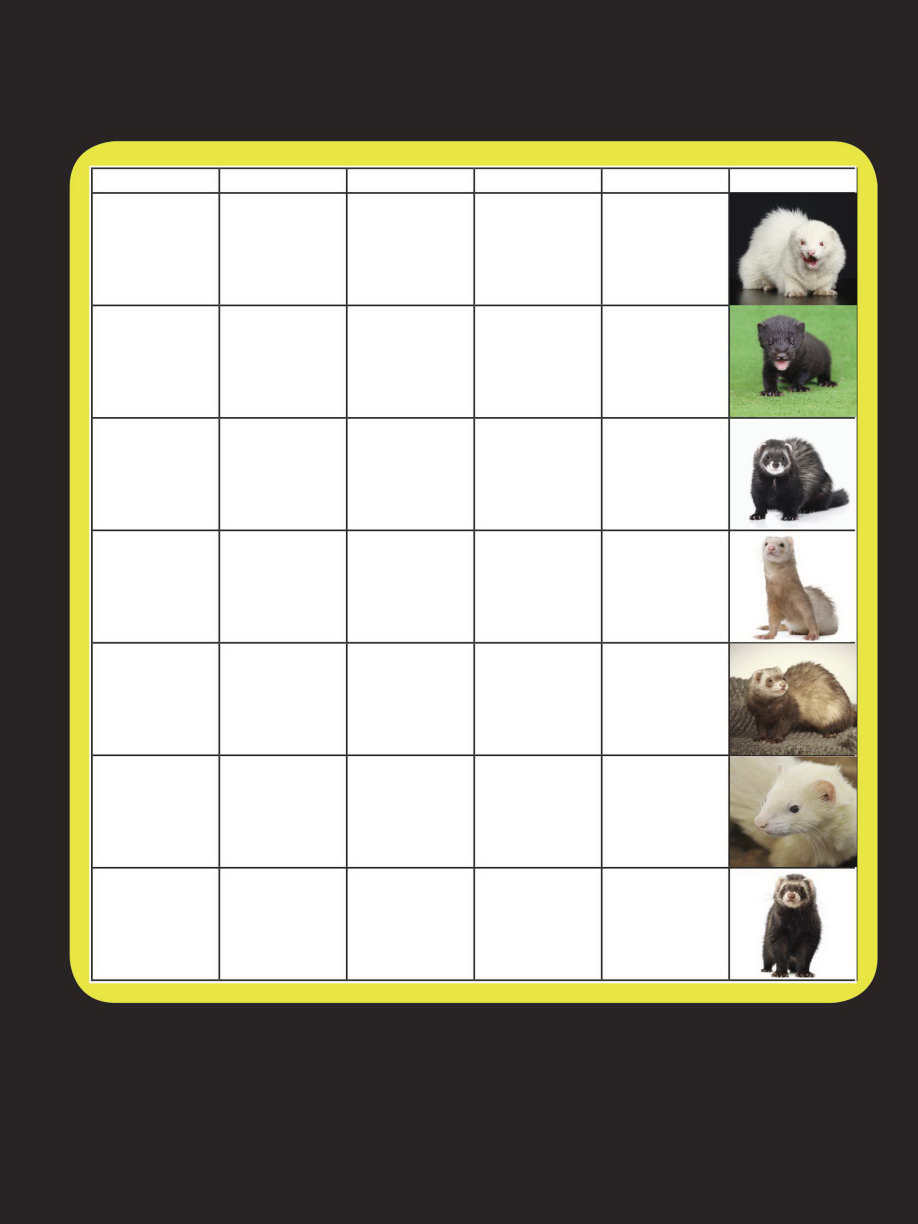Scan for Related Titles and T eacher Resources
rourkeeducationalmedia.com
Cristie Reed
YOU HAVE A PET WHAT?!
Level: N Word Count: 1,372 words
100th word: away page 5
Building Academic Vo cabulary and Background Knowledge
Before reading a book, it is important to tap into what your child or students already know about the topic. This will help them develop their vocabulary , increase their reading comprehension, and make connections across the curriculum.
L ook at the cover of the book. What will this book b e about?
W hat do you already know about the topic?
Lets study the T able of Contents. What will you learn about i n the books chapters?
W hat would you like to learn about this topic? Do you think y ou might learn about it from this book? Why or why not? U se a reading journal to write about your knowledge of this t opic. Record what you already know about the topic and w hat you hope to learn about the topic.
R ead the book.
I n your reading journal, record what you learned about the t opic and your response to the book.
After reading the book complete the activities below .
Before & After Reading Activities
Comprehension and Extension Activity
After reading the book, work on the following questions with your child or students in order to check their level of reading comprehension and content mastery .
The word ferret comes from a Latin word meaning little thief. How does the ferret live up to its n ame? (Infer)
W hy is it important to research possible pets prior to adopting them into your family? ( Asking questions)
Do you think a ferret is a good pet for you? Explain. (T ext to self connection)
W hat are some ways ferrets have helped people? (Asking questions)
I n what ways are ferrets similar to cats and dogs? (Summarize)
Extension Activity
The black -footed ferret is an endangered relative of the domestic ferret. Research the black -footed ferret and create a plan of action to bring awareness to this endangered species. Share your plan with your class or family .
Content Area Voca bulary
Read the list. What do these words mean?
bedding
canine
carnivores
descendants
disinfected
domesticated
inquisitive
kibble
musky
neutering
Before Reading:
After Reading:
Table of Contents
W easeling Its W ay into Y our Heart .....................
The Ferrets Pla ce in History ..............................
The Right Pe t? ....................................................
Ferret F eats ........................................................
No Ferrets Allowed?! ..........................................
Glossary .............................................................
Index ...................................................................
Show What Y ou Know ........................................
Websites to Visit .................................................
About the Author ................................................
H ave you ever heard of the weasel war dance? Have you ever been scared by a sofa monster? Have you ever encountered a carpet shark? Does the crocodile roll sound like fun? Meet the funny , furry little critter that can show you all of these tricks: the ferret.
W easeling Its W a y
into Y our Hear t
When ferrets get excited and want to play, they hop sideways, leap, and bounce. Ferret owners call this the weasel war dance.
FUN FACT
F errets are mammals and part of the weasel family .
This family includes minks, otters, badgers, wolverines, and polecats. Only ferrets are kept as pets. Fe rrets are carnivores and closely related to skunks. Like their stinky relatives, ferrets have scent glands under their tail. They give off a bad smell to scare away enemies.
Mink
Wolverine
Black-footed ferret
Otter
Badger
The black-footed ferret is a wild relative of the domesticated ferret. It is an endangered species that lives in the western United States.
FUN FACT
F errets bodies are long, strong, and exible. Their strength and exibility comes from having unusually long vertebrae in their spines. Their bodies are supported by short legs that allow them to crawl through small spaces. They have straight tails and each foot has ve toes with claws.
triangular head
small rounded ears
round eyes
pointy nose
long whiskers
sharp teeth
F errets have triangular shaped heads. They have small, rounded ears, round eyes, a pointy nose, and long whiskers. Ferrets have 34 s harp teeth, including four canine teeth like dogs and cats. Their eyesight is somewhat poor , but they are equipped with an excellent sense of smell and keen hearing.
kits: baby ferrets hobs: adult males jills: adult females business: group of ferrets hoblet: neutered male sprite: spayed female
FUN FACT
short legs
straight tail
five toes with claws
long vertebrae in spine
U nlike cats and dogs, there is only one breed of domestic ferret. But within that breed, ferrets vary in coat color and markings. A ferret may have a mask across its face, a bib of color on its chest, or a blaze of color down its back. Some ferrets have a color pattern similar to a panda. Their uffy coats have two layers: outer protective hairs and an undercoat.
The word ferret comes from a Latin word, furittus, which means little thief.
FUN FACT
F er ret Colors Guard Colors U ndercoat Eyes N ose Photo
albino
white to cream
white to cream
ruby red p ink
black tr ue black
white or slight golden
black
solid or speckled black
black sable
dark blackish brown
white to cream
dark brown or black
solid or speckled blackish brown
champagne
tan or light chocolate
white to cream
dark brown or black
beige, pink, or pink with a beige or light brown t-outline
chocolate

